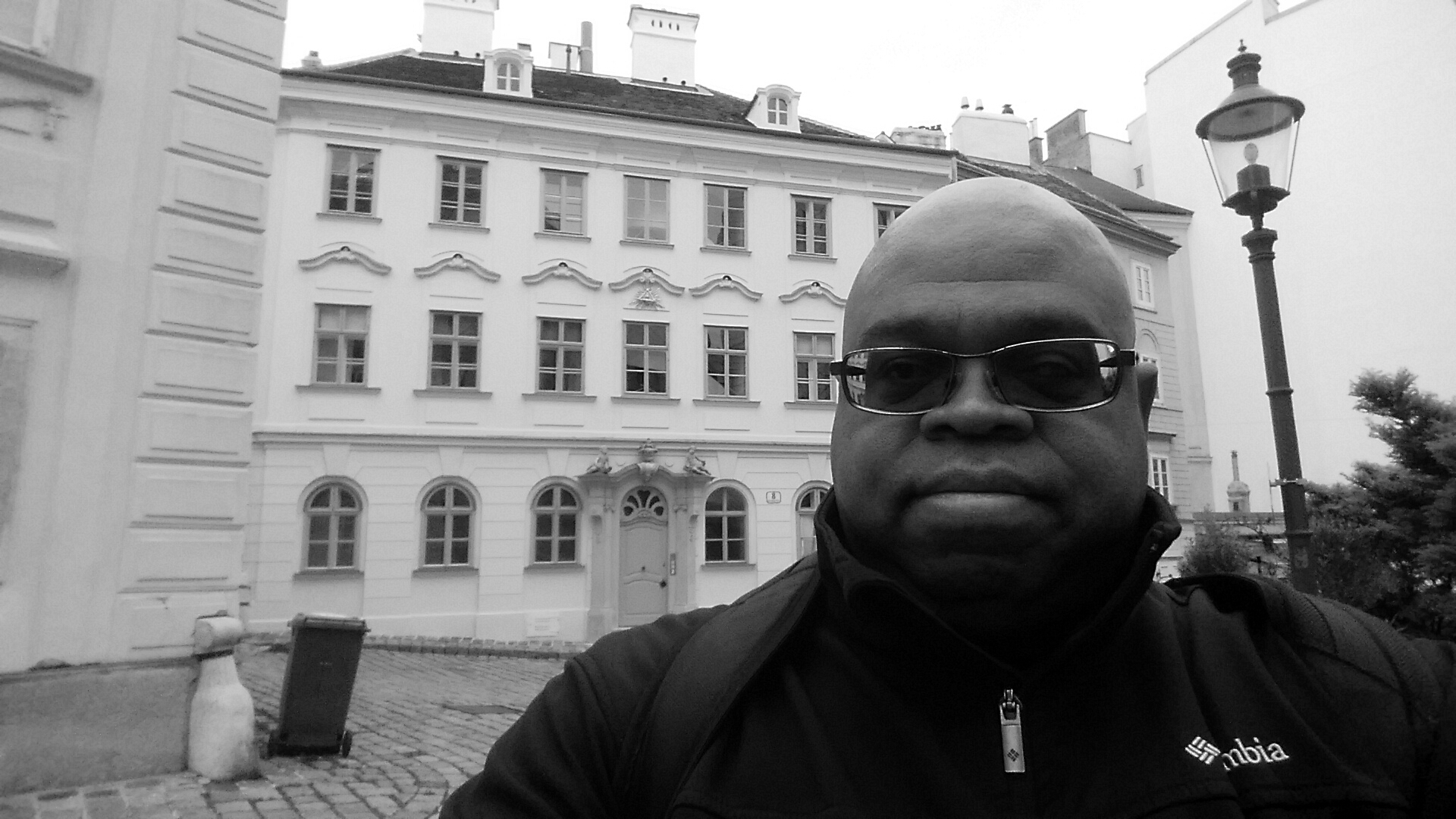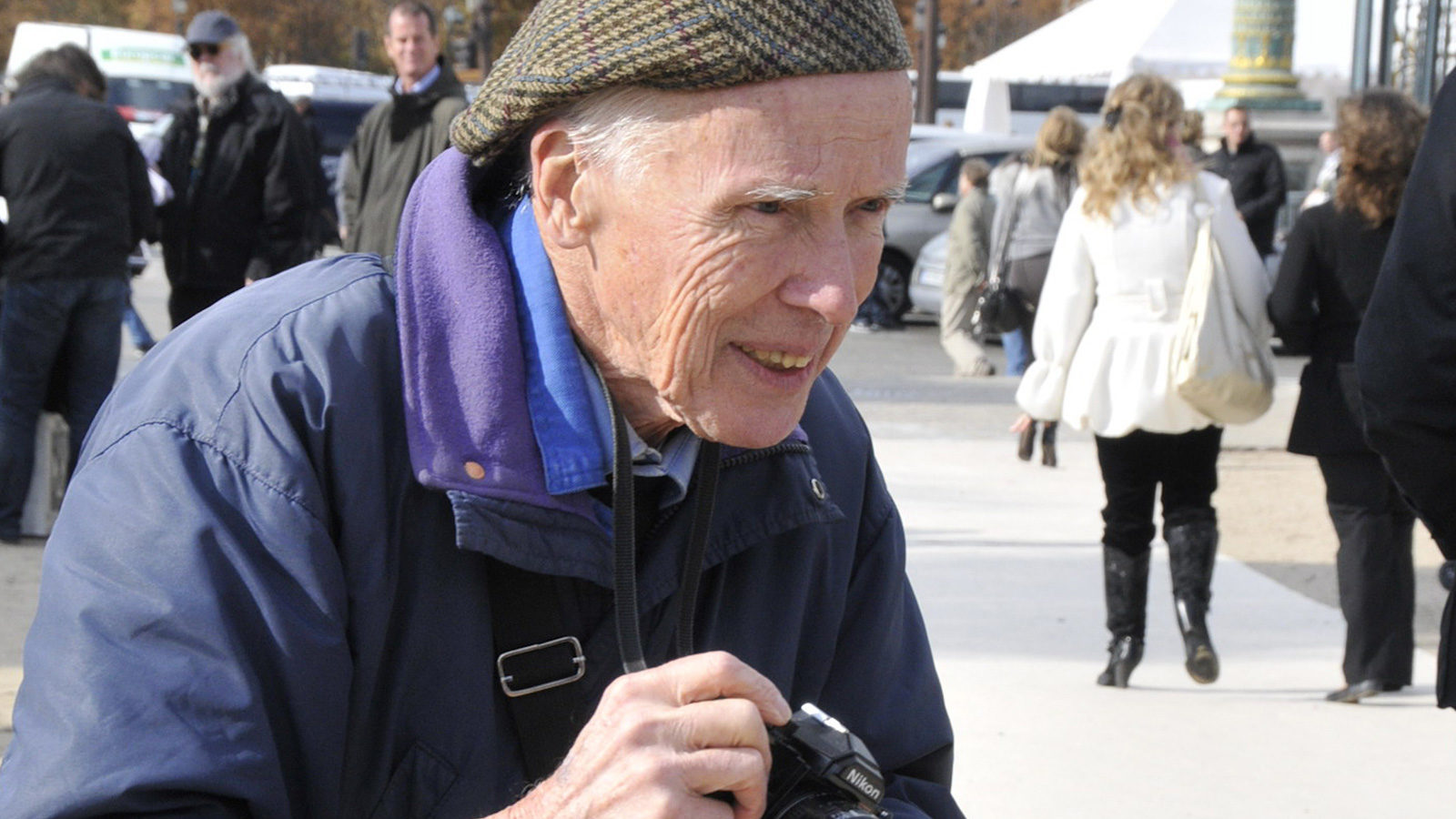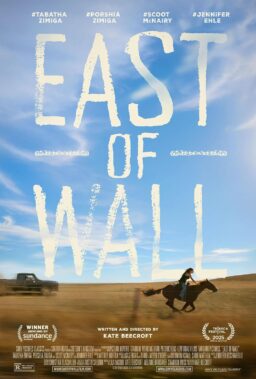In 1978, candid photographer and fashion column writer Bill Cunningham took a picture of a woman passing by him on a New York street. He was interested in the coat she was wearing, which struck him as unusual. As luck would have it, Cunningham had inadvertently snapped a picture of the long-retired famous movie actress, Greta Garbo, who hadn’t been seen on screen since 1941. The New York Times snapped up the photo and gave Cunningham a long-running photography series called “On the Street.” Every week, readers discovered who crossed the viewfinder of the bike-riding shutterbug wearing his trademark blue shirt.
Premiering at the New York Film Festival, director Mark Bozek’s “The Times of Bill Cunningham” chronicles the photographer’s career, starting with his time as a milliner, then working through his writing at magazines like Women’s Wear Daily before settling on the thing for which he is most famous, his street photographs. Our tour guide for this entertaining journey is Cunningham himself, who appears onscreen in a 1994 interview conducted by Bozek. Bozek structures his film around this lengthy interview, supplementing it with home videos and pictures rather than using a bunch of talking heads. The film has occasional narration of actress Sarah Jessica Parker, an inspired choice; her Carrie Bradshaw character from “Sex and the City” would have loved to live the bohemian lifestyle Cunningham did.
Cunningham was one of the most famous people to live in the Carnegie Hall Studios, residing there for over 50 years in a small room crammed with file cabinets overflowing with photographs, memorabilia and even diamonds. His famous neighbors included Leonard Bernstein, Norman Mailer and Marlon Brando who, we are told, hid out in Cunningham’s flat after female fans broke down his apartment door. Cunningham also rubbed elbows in the 1950’s with famous celebrities like Marilyn Monroe, who’d stop by his Chez Ninon office to try on the hats he designed, and Jacqueline Bouvier, who would later bring ladies’ hats back into style during her days as First Lady.
Though Cunningham comes off as a very nice guy whose thick Boston accent must have stood out like a sore thumb in Manhattan, there’s still some snootiness and shade bubbling underneath the surface, especially when he talks about fashion. It’s amusing coming from a guy whose wardrobe for decades consisted of thrift shop items or hand-me-downs from wealthy women whose husbands had bought the farm. “They were nice clothes!” Cunningham protests when Bozek presses him about this detail, but he then adds that he would have never been showcased in his own column.
Cunningham describes his picture-taking as “stealing the shadows” of his subjects. One such set of shadows leads to the film’s most poignant moment. Cunningham suddenly breaks down when talking about how he’d photographed Gay Pride parades since their inception in NYC, and how he’d lost many of the people he knew to AIDS. We later learn that the man who lived so frugally had also donated millions of dollars to AIDS charities. Cunningham worked practically until his death in 2016; not even being hit by a truck could keep him off his beat for long.
“The Times of Bill Cunningham” runs a scant 74 minutes, which seems a perfect amount of time for a man who was so humble that he didn’t even attend the premiere of a prior documentary about him made back in 2011. Instead, he stood outside the theater and took pictures.

While festival centerpiece “Roma” has deserving buzz as a shoo-in for the Best Foreign Film Oscar, let’s not forget the hauntingly romantic “Cold War,” the new film from “Ida” director, Pawel Pawlikowski. It’s Poland’s official Oscar submission and the winner of the Golden Lion at the Polish Film Festival and the Best Director award at Cannes. Aided by the transcendent black and white cinematography of Lukasz Zal, who also worked on “Ida,” Pawlikowski tells a love story that feels symbolic of Poland during the Cold War era of the film’s setting. Music plays a big part here, first as a symbol of national pride and then as a means of escape via that Western world music known as jazz.
Stuck—or should I say trapped—within this framework are Wiktor (Tomasz Kot) and Zula (a fantastic Joanna Kulig). Wiktor first encounters Zula while auditioning folk singers with his musical partner and former lover Irena (Agata Kulesza). Zula seems the wrong match for the more straight-laced Wiktor—she’s a hustler who’s wise beyond her teenaged years and who has infamously stabbed her father. “He mistook me for my mother,” she tells Wiktor, “and I used my knife to show him the difference.” Wiktor falls for her anyway.
Many a love story has hinged upon people who are clearly mismatched but try like Hell to make it work. This duo drifts apart and comes together repeatedly, both behind and in front of the Iron Curtain, yet they’re as unlikely a pair as the film’s principal settings of rural Poland and Paris. Pawlikowski deftly uses his pacing and framing to keep our attention: Time passes in the blink of an eye, sometimes without prior warning. The timeline is as fractured and unpredictable as the lovers themselves, and the actors are often dwarfed on the screen by the cold, grey elements of nature that take up much of the screen. There’s a sense of impending doom, but “Cold War” doesn’t telegraph nor elicit our emotions. Its matter-of-factness is its greatest asset.
“Cold War”’s Kulig, “Roma”’s Yalitza Aparicio and “If Beale Street Could Talk”’s Kiki Layne form a trio of the best lead actress performances I’ve seen this year at NYFF. Their films are also the best ones I’ve seen here. “Beale Street” takes the top honor for me, however, for reasons I’ll explain later in my upcoming review. I’ll just say this for now: Barry Jenkins does Jimmy Baldwin proud and, like the directors of the other two films I mentioned, he gives his lead character free rein of the viewer’s gaze to great dramatic effect. Kulig, Layne and Aparicio each have moments when they pull us into their powerful orbits with just a look or a gesture. Add in “The Favourite,” “Ash is Purest White” and “3 Faces” and It was a very good year for actresses.

I’ll close out on a few notes from the Revivals and Retrospectives sections of the festival. Following up on my last dispatch, I took in the screening of “Detour” and can confirm that it was indeed a splendid restoration. I noticed things I never saw before, including details in a shot I could never make out in prior versions. It’s getting a release from Janus Films at the end of November and is well worth the 68-minute investment of your time.
In the theater next to my “Detour” screening, NYFF was showing “My Dinner With Andre.” Our beloved Roger introduced me to that movie on Siskel & Ebert, and his love for it made me rent it when it came out on video. I was 12 or so, and I thought it was the most boring movie I’d ever seen. Good Lord, I hated this movie with the heat of a thousand suns. Now, I have no idea why this was being screened, but I considered it a sign! Maybe this was Roger telling me I should revisit the 1981 Louis Malle movie as an adult, because I have more wisdom and life experience now. Since I couldn’t be two places at the same time, I had to rent “My Dinner With Andre” on Amazon Prime rather than see it on the big screen.
And you know what? It was even worse than I remembered. It’s like being trapped in a college professor’s belly button for 2 hours, but there’s no lint in there to mercifully plug your ears to avoid having to listen to him. Forgive me, Roger! Actually, I think Roger’s laughing wherever he is, shaking his finger at me with mock shame as he often did. You got me, big guy.
See you all next year.











